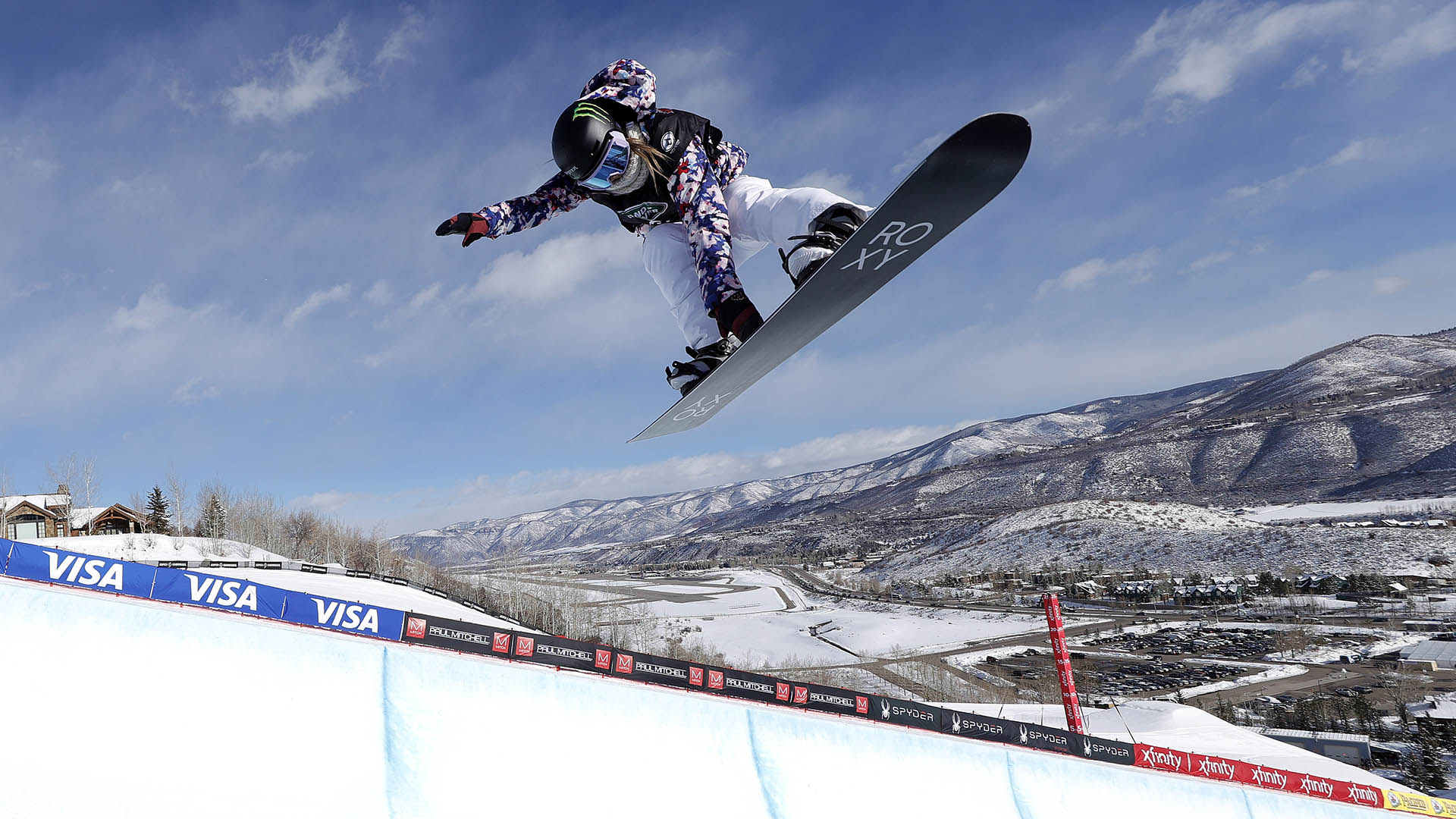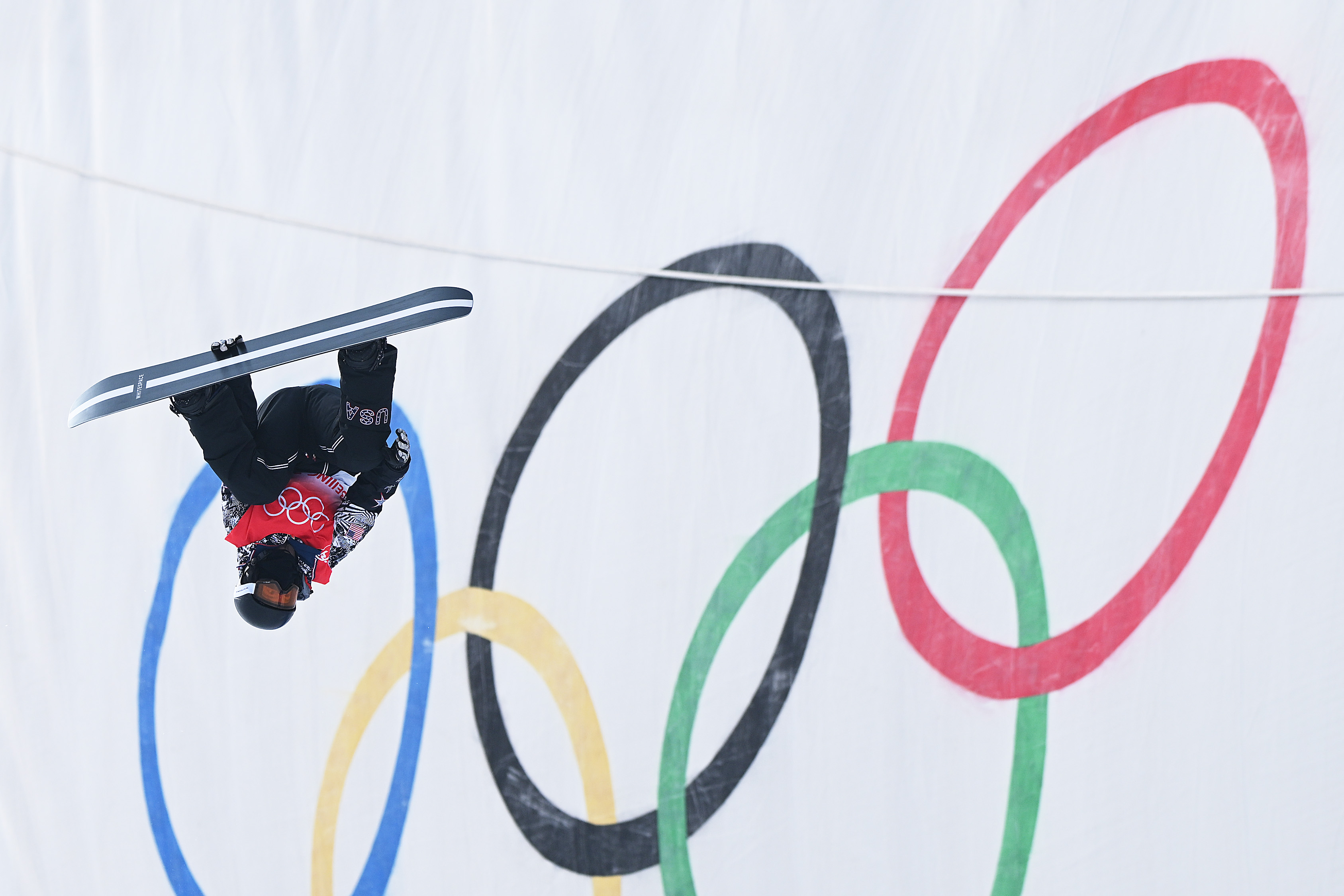Australian snowboarder Scotty James calls the process of perfecting his signature trick on the halfpipe akin to a right-handed person “trying to write a thesis with your left hand.”
Impossible? No. Extremely difficult? Yes.
WATCH ANYTIME FOR FREE
Stream NBC10 Boston news for free, 24/7, wherever you are. |
That goes for pretty much any trick that might be good for a medal on the Olympic halfpipe.
Three-time champion Shaun White, competing in his last contest, is an underdog. That's in large part because James and a stable of Japanese riders, including two-time silver medalist Ayumu Hirano, have a jump that, only a year ago, seemed like little more than a dream, even for the best of the best. The "triple cork," as it is called, is a move so difficult that it once landed White in the hospital.
Get updates on what's happening in Boston to your inbox. Sign up for our News Headlines newsletter.
A look at some of the newest, toughest tricks in halfpipe and a few of the more common snowboarding terms, explained:
What is the Triple Cork?
This has been the game-changer in men's halfpipe this winter. The ironic part is that White started working on it in 2013 but abandoned it because he felt it was too dangerous and the risk wasn't worth the reward.
A rider gathers speed up the side of the halfpipe and makes what are essentially three head-over-heels spins while twisting above the pipe.
“With the tricks that have preceded this one, there’s usually a way of getting out of it if it goes wrong,” American Taylor Gold said. “With this one, there’s really no way of getting out of it.”
Hirano has landed the trick twice in competition this season, only to fall on his next jump. The halfpipe final is a three-run contest and only the best score counts. It's common for competitors to put down “safety runs” at the start — a run with their ‘B-plus’ material that can deliver a potentially meet-winning score — then bring out the big guns at the end, only if they need them.
James has also been working on a triple and White says he's “not going to take it off the table." But there are other tricks than could also make a difference.
What's the 1440?
The number put in front of a spin is equal to the total number of degrees of rotation the rider puts in. It's a combination of head-over-heels flips and sideways twists.
Iouri Podlodtchikov, the “I-Pod,” won the 2014 Olympics with the YOLO — “You Only Live Once” — a first-of-its-kid trick featuring the double cork with 1440 degrees of rotation.
In 2018, White and Hirano both landed back-to-back 1440s — one riding forward, the other riding backward. It was the first time White had landed two like that, and he edged out Hirano for his third gold medal.
Beijing 2022 Winter Olympics
Watch all the action from the Beijing Olympics live on NBC
Switch Backside Double Cork 1260
One thing that makes it tough for the average fan to appreciate the difficulty of some snowboard tricks is that, unlike, say, in skiing, it's often hard to tell if a rider is going forward or backward.
The starting point on James' signature trick is that he is riding “switch,” or backward, which means leading with his right foot. And flipping backward, too. For the first part of this trick, riders can't really see the landing area they're trying to hit.
At the last Olympics, where James took the bronze medal, he was convinced the trick didn't get enough love from the judges. He said he's noticed this season that “switch," or backward, riding seems to be getting more credit.
Double Cork 1080
A 1080 consists of three full rotations in the air. Chloe Kim was the only woman to ever land back-to-back 1080-degree spins in the halfpipe at the Olympics, helping Kim clinch her gold medal in 2018.
Team USA's Maddie Mastro had been working on a frontside, double-cork 1080, an insanely difficult trick that involves two head-over-heels flips with one full twist. But Mastro finished 13th in qualifying and failed to advance to the final.
McTwist
Many snowboard tricks originate from skateboarding. The McTwist, named for skateboarder Mike McGill, is an inverted aerial where the snowboarder rotates 540 degrees or more and does a front flip.
White is credited with creating the double McTwist, also known as the White McTwist, a 720 degree rotation which won him gold at the Vancouver Olympics in 2010.
What's a Michalchuk?
The trick is named after Canadian snowboarder Michael Michalchuk and features a backflip done in halfpipe on the backside wall.
Team USA's Taylor Gold's signature move is his double Michalchuck 1080, also known as a "Chuck Taylor," an homage to the throwback Converse sneakers. It's a double backflip off the back wall with one horizontal spin mixed in.
What's a Chicken Salad? And Other Types of Grabs
There are many different ways a rider can grab on to their snowboard during a trick. Judges may reward riders for performing a variety of grabs. A double grab is performing two different grabs in one aerial maneuver. The most common grabs are:
- Chicken Salad: When the rider reaches between their legs with their rear hand to grab the heel edge of the board while keeping one leg extended.
- Nose Grab: Using the front hand to grab the front tip (nose) of the board.
- Mute Grab: The front hand grabs the toe edge of the board preferably in-between the bindings (between the feet).
- Melon Grab: The opposite of the mute grab. In a melon grab, the rider grabs the heelside edge of the board, between the feet.
- Roast Beef: The rear hand reaches between the legs and grabs the heel edge of the board, between the bindings, while the rear leg is straight.
- Japan: A twist on the mute grab. The rider's front hand wraps around the front leg and grabs the toe edge of the board between the binding.
- Indy Grab: When a riders rear hand grabs your toe edge slightly inside your rear foot.




